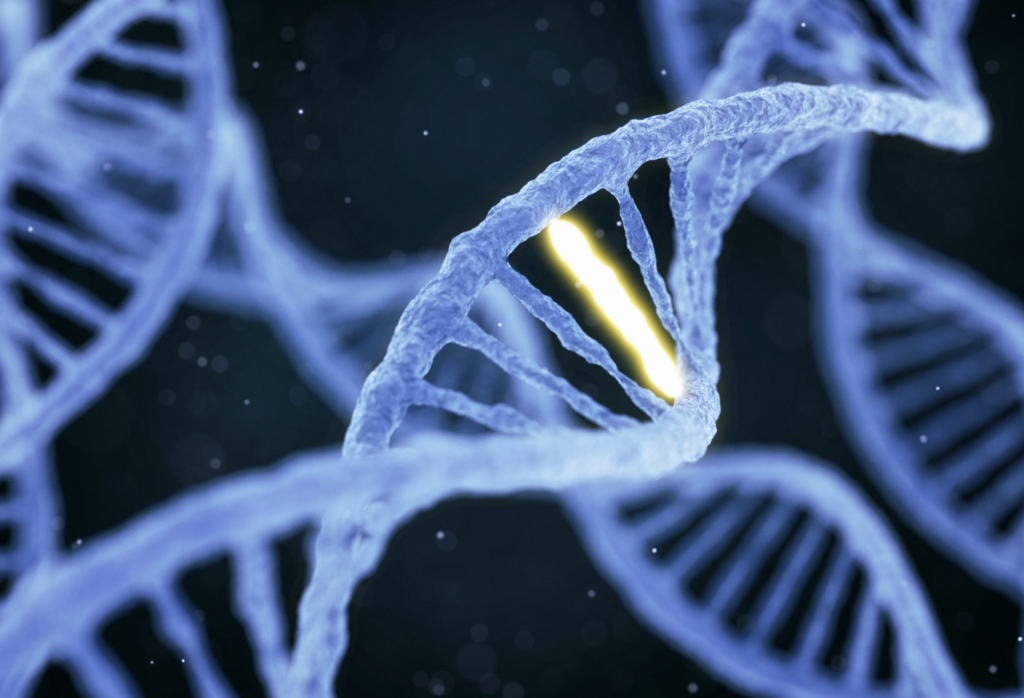Chromosomal differences between men and women may be the reason why women are twice as likely as men to develop Alzheimer’s, new research suggests.
Differences between genes held on the X and Y chromosomes (women have two X chromosomes, while men have an X and a Y) may be a factor contributing to women’s increased likelihood of developing the disease, which affects over 400,00 people in Australia.
Anna Bonkhoff, resident and research fellow in neurology at Harvard Medical School and Mass General Brigham, is the lead author of a recent review article in the journal Science Advances that examined sex-related differences in Alzheimer’s disease and stroke.
While X chromosome is rich in genes, having two X chromosomes doesn’t mean that women have a double dose of the proteins because one of the X chromosomes is silenced.
That silencing is imperfect, according to Bonkhoff, leaving some genes on the silenced X chromosome active.
Previous studies have indicated that genes on the X chromosome are related to the immune system, brain function and Alzheimer’s disease.
“We know that biological men and women differ by the number of X chromosomes,” said Bonkhoff. “A lot of genes for the immune system and regulating brain structure are located on the X chromosome, so the dosages differ to certain degrees between men and women. That seems to have an effect.”
Researchers pointed to similar sex-related differences in other conditions, such as multiple sclerosis and migraine, which are both more common in women; and Parkinson’s disease, brain tumors, and epilepsy which are more common in men.
“Epidemiologically, we see that for almost all neurological diseases, there are differences in how many biological women and men are affected,” said Bonkhoff.
“There’s a tendency, for example, in MS and migraine for more females to be affected, while it’s the contrary for brain tumors and Parkinson’s. Just based on these numbers, you get the feeling that something needs to underlie these differences in terms of the biology.”
Bonkhoff and her team identified menopause as another clear difference between the sexes. During that time, typically for women from their mid-40s to mid-50s, production of the hormones progesterone and estrogen declines— with the latter hormone acting on the brain.
Women have more estrogen and progesterone while men have more testosterone.
“Menopause is part of the puzzle, probably one of the bigger ones,” Bonkhoff said. “I’m not saying it’s the only one — aging is relevant by itself, and there’s a lot of interesting research looking at what aging does to the immune system that seems to have implications for cognitive changes.”
During menopause, a woman’s ovaries will stop producing estrogen and progesterone, resulting in the typical symptoms of menopause, such as hot flashes, emotional shifts, the end of menstruation, difficulty sleeping, and others.
Understanding how biological sex affects risk of Alzheimer’s disease can help expand our knowledge of Alzheimer’s, leading to new pathways of treatment and prevention.
“It’s an important aim in medicine to understand and then to innovate in how we can prevent or treat,” Bonkhoff said. “If we can find ways to incorporate sex difference to optimise the treatment for individuals, both men and women, that is the overarching goal.”
Become a Women’s Agenda Foundation member and support our work! We are 100% independent and women-owned. Every day, we cover the news from a women’s perspective, advocating for women’s safety, economic security, health and opportunities. Foundation memberships are currently just $5 a month. Bonus: you’ll receive our weekly editor’s wrap of the key stories to know every Saturday. Become a member here.


